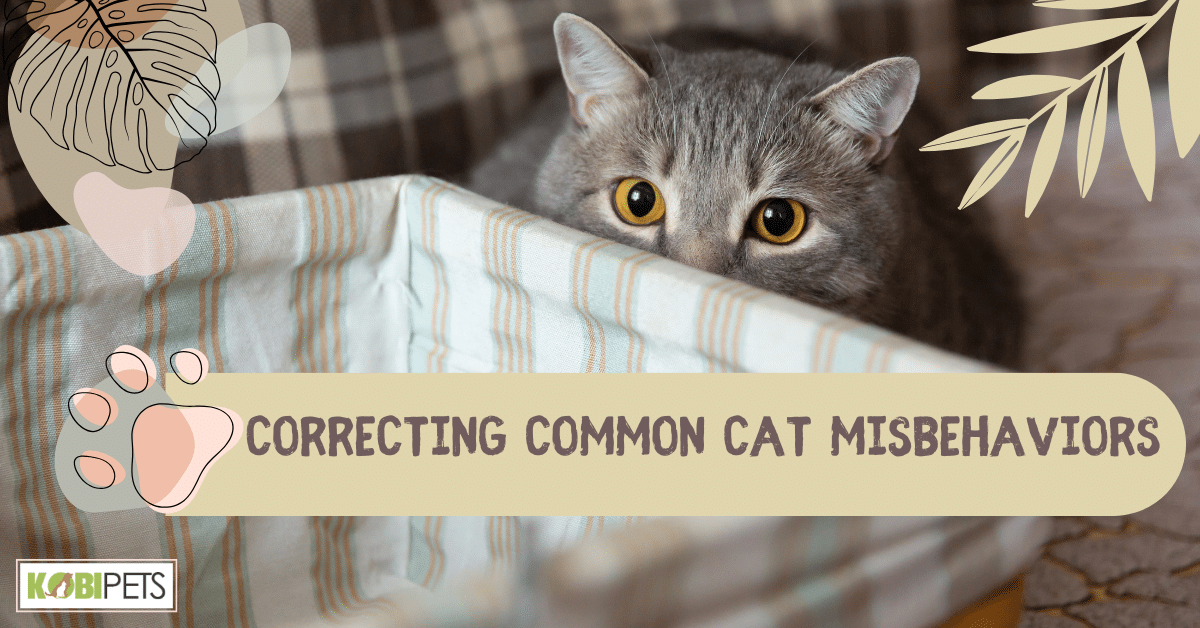
Correcting common cat misbehaviors can be a breeze with the right approach. Start by providing ample enrichment, like toys and scratching posts, to redirect their energy away from destructive behaviors. Consistency in discipline and positive reinforcement for good behavior can help shape a well-behaved feline friend, ensuring a harmonious coexistence with your pet.
Cats bring joy and warmth to our lives, but sometimes their behaviors can be challenging. To maintain a harmonious relationship with your feline companion, it’s crucial to address common misbehaviors. In this blog, we’ll delve into the reasons behind these issues and offer practical solutions, helping you build a stronger, happier connection with your cat.
1. Scratching Furniture
Scratching is an innate behavior in cats that serves several purposes, including stretching their muscles, sharpening their claws, and marking their territory. To redirect this behavior, provide scratching posts or pads in different areas of your home, especially near where your cat likes to scratch.
Choose posts made of materials like sisal or cardboard that mimic the texture they prefer. You can also use cat-friendly deterrent sprays on furniture to make them less appealing. When your cat uses the scratching post or pad, reward them with treats or affection to reinforce this positive behavior.
2. Litter Box Problems
Litter box problems can be frustrating, but they often have straightforward solutions. Ensure the litter box is kept clean by scooping waste daily and changing the litter regularly. Place the litter box in a quiet, low-traffic area that provides privacy for your cat.
Experiment with different types of litter to find one that your cat prefers. If your cat continues to avoid the litter box or has accidents, consult your veterinarian to rule out any underlying medical issues like urinary tract infections.
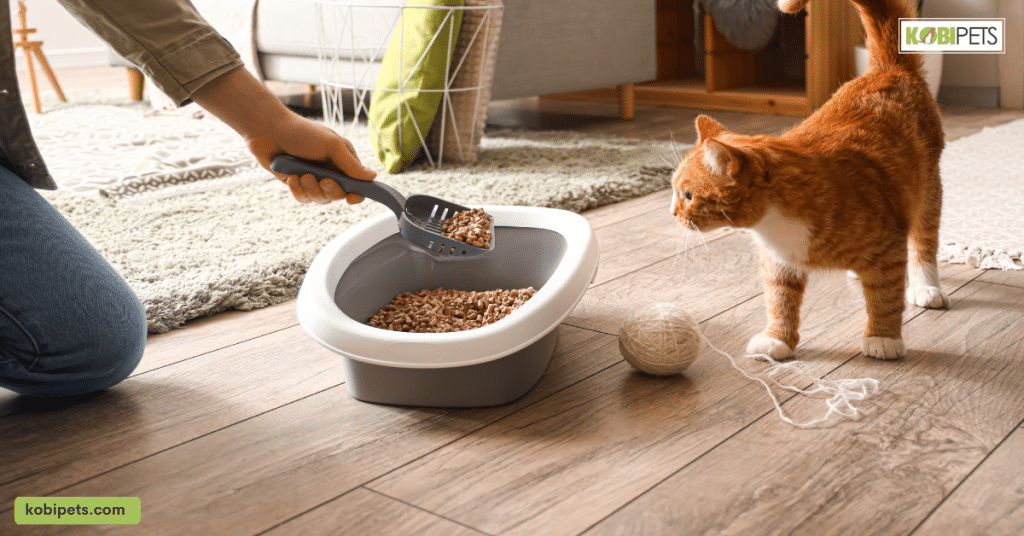
3. Aggression and Biting
Aggressive behavior in cats can result from various factors, such as fear, territorial disputes, or overstimulation. Identifying the triggers for aggression is crucial. Avoid confrontational situations and gradually expose your cat to the source of their anxiety in a controlled manner.
If the aggression persists, consider consulting a professional animal behaviorist who can provide specialized guidance. Furthermore, discourage rough play that encourages biting and emphasize gentler forms of interaction with your cat.
4. Excessive Vocalization
Correction: Excessive meowing or vocalization in cats can be a sign of unmet needs. Start by determining the underlying cause, which could include hunger, boredom, or even illness. Ensure your cat is well-fed and establish a consistent feeding routine.
Provide mental stimulation through interactive toys and engage in playtime to reduce boredom. Interactive play sessions, especially before bedtime, can help tire them out, reducing excessive meowing. Also, offering companionship and attention can alleviate loneliness.

5. Destructive Chewing
Destructive chewing is often a result of teething in kittens or boredom in older cats. Provide a variety of appropriate toys and chew items to redirect this behavior. Toys with different textures and materials, like catnip toys or dental chews, can be enticing. To discourage chewing on non-toy items, apply bitter-tasting deterrent sprays to objects you want to protect, making them less appealing to your cat.
6. Playfulness at Inappropriate Times
Cats are naturally playful creatures, and their energy can manifest at inconvenient moments. To manage this, establish a consistent playtime routine, preferably before mealtimes or bedtime, to release pent-up energy.
Provide a selection of toys, including interactive toys like feather wands, laser pointers, or puzzle feeders, to keep them engaged. Redirect their playfulness away from undesirable activities and toward appropriate outlets.
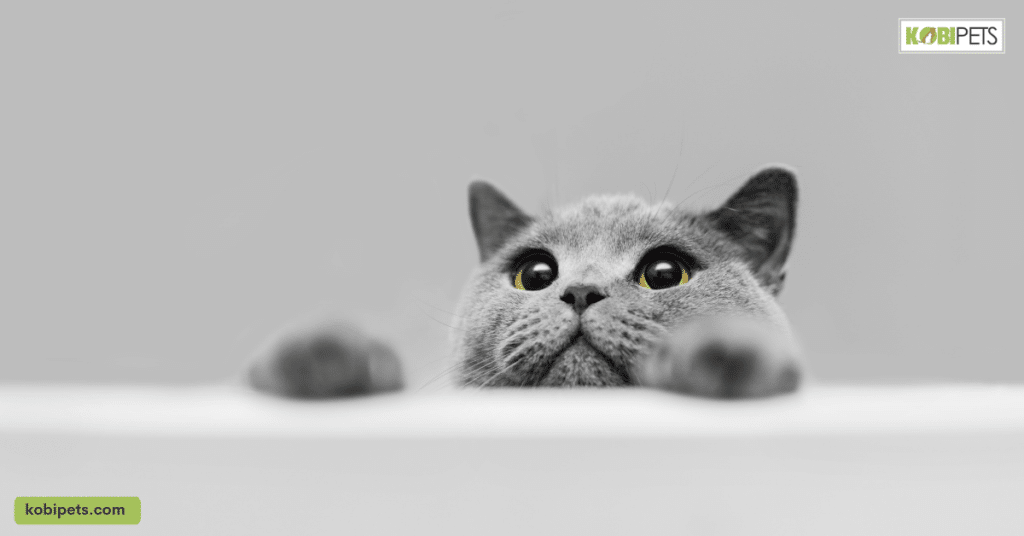
7. Anxiety and Stress-Related Behavior
Anxiety and stress can lead to various behavioral issues in cats, including aggression, excessive grooming, or even inappropriate marking. Create a calm environment by offering hiding spots or cozy retreats where your cat can feel safe.
Consider using pheromone diffusers like Feliway to reduce stress. If your cat’s behavior remains problematic, consult your veterinarian for potential anxiety medications or behavioral modification techniques tailored to your cat’s needs.
8. Jumping on Countertops
Cats’ curiosity can lead them to explore countertops and other elevated surfaces. To discourage this behavior, use cat deterrent mats or double-sided tape on countertops. These textures are uncomfortable for cats to walk on. Consistently redirect your cat to designated play or resting areas, such as a cat tree or a comfy perch, and reward them when they choose these appropriate spots.
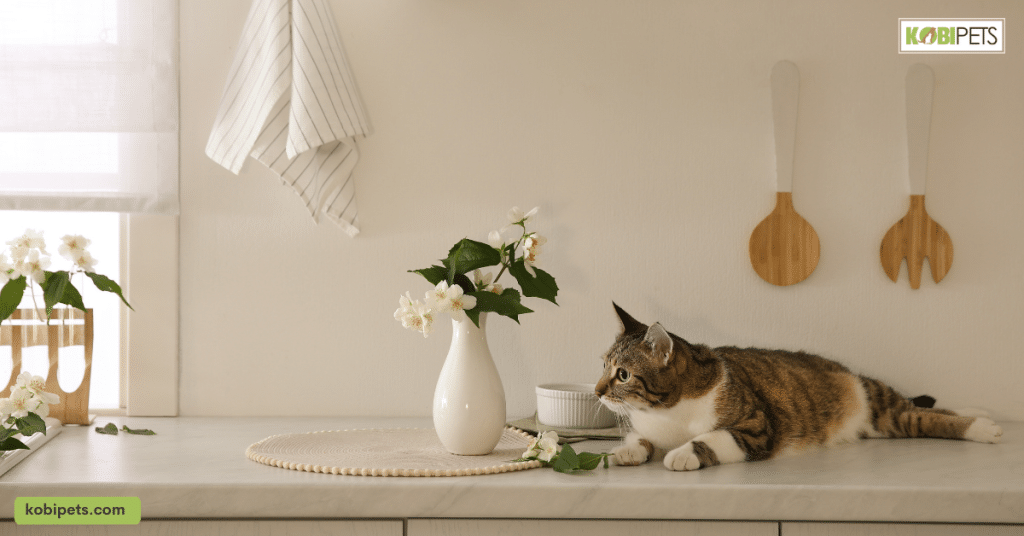
9. Aggressive Play
Cats may engage in rough play, which can sometimes escalate into aggression. Avoid using your hands or feet as playthings to prevent your cat from associating them with aggressive behavior. Provide interactive toys that stimulate their natural hunting instincts, such as feather toys or wand toys.
If play becomes overly aggressive, gradually withdraw from the game to signal that the behavior is unacceptable. Encourage gentler play behavior by rewarding your cat when they engage in more appropriate, less aggressive play.
10. Inappropriate Marking
Cats may mark their territory with urine, especially if they’re not spayed or neutered. One of the most effective ways to reduce marking behavior is to spay or neuter your cat if they haven’t already been altered.
Cleaning marked areas thoroughly with enzymatic cleaners is essential to remove scent markers that may attract your cat back to the same spot. If the issue persists, consult your vet for potential medical causes or further advice on addressing marking behavior.
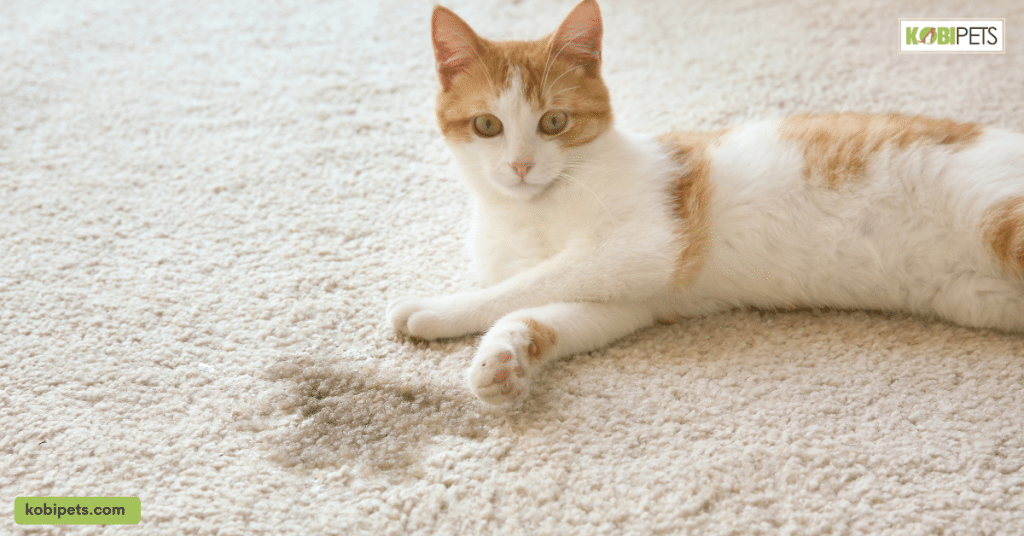
11. Stealing Food
Cats’ curiosity and love of food may lead them to attempt to steal human food. Prevent this behavior by keeping food items out of their reach, using pet-proof lids on trash cans, and discouraging begging at the table. Ensure your cat has access to their own food and feed them at regular times to reduce their desire to snatch human food.
12. Nighttime Wakefulness
Cats are crepuscular animals, naturally active at dawn and dusk. To establish a consistent sleep routine, engage in play with your cat before bedtime to release energy. Avoid stimulating play or feeding right before sleep to encourage restful nights. Create a cozy and quiet sleeping area, such as a comfortable cat bed or a designated sleeping nook, where your cat can relax undisturbed.
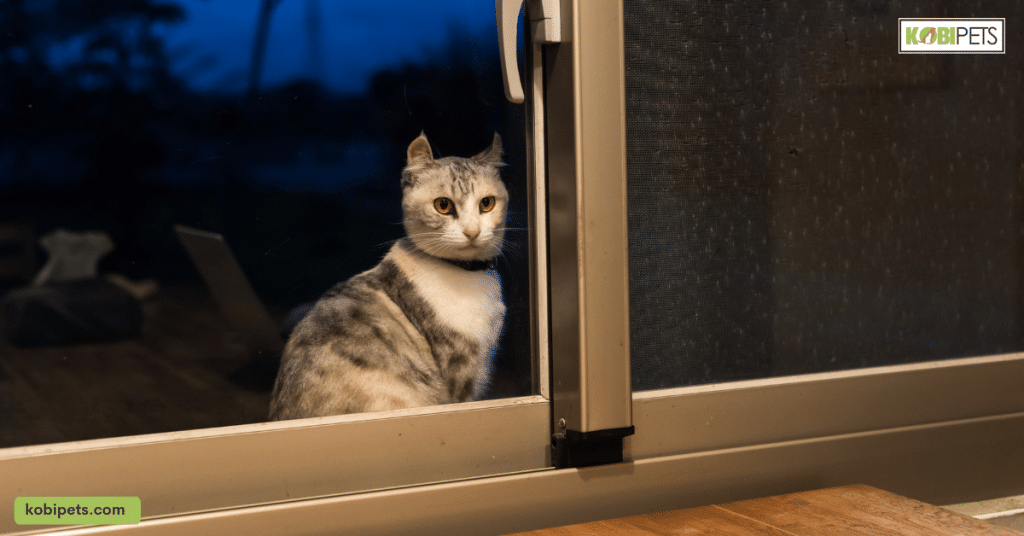
In conclusion
Addressing common cat misbehaviors is vital for a harmonious pet-owner relationship. By understanding the reasons behind these behaviors and implementing specific corrections, you can build a stronger bond with your feline companion.
Remember, each cat is unique, so patience and tailored approaches are key to success. With love, patience, and positive reinforcement, you’ll enjoy a closer and more fulfilling relationship with your well-behaved and contented cat.






